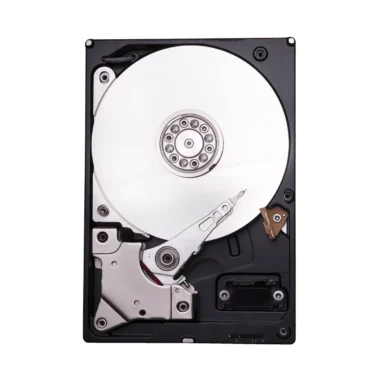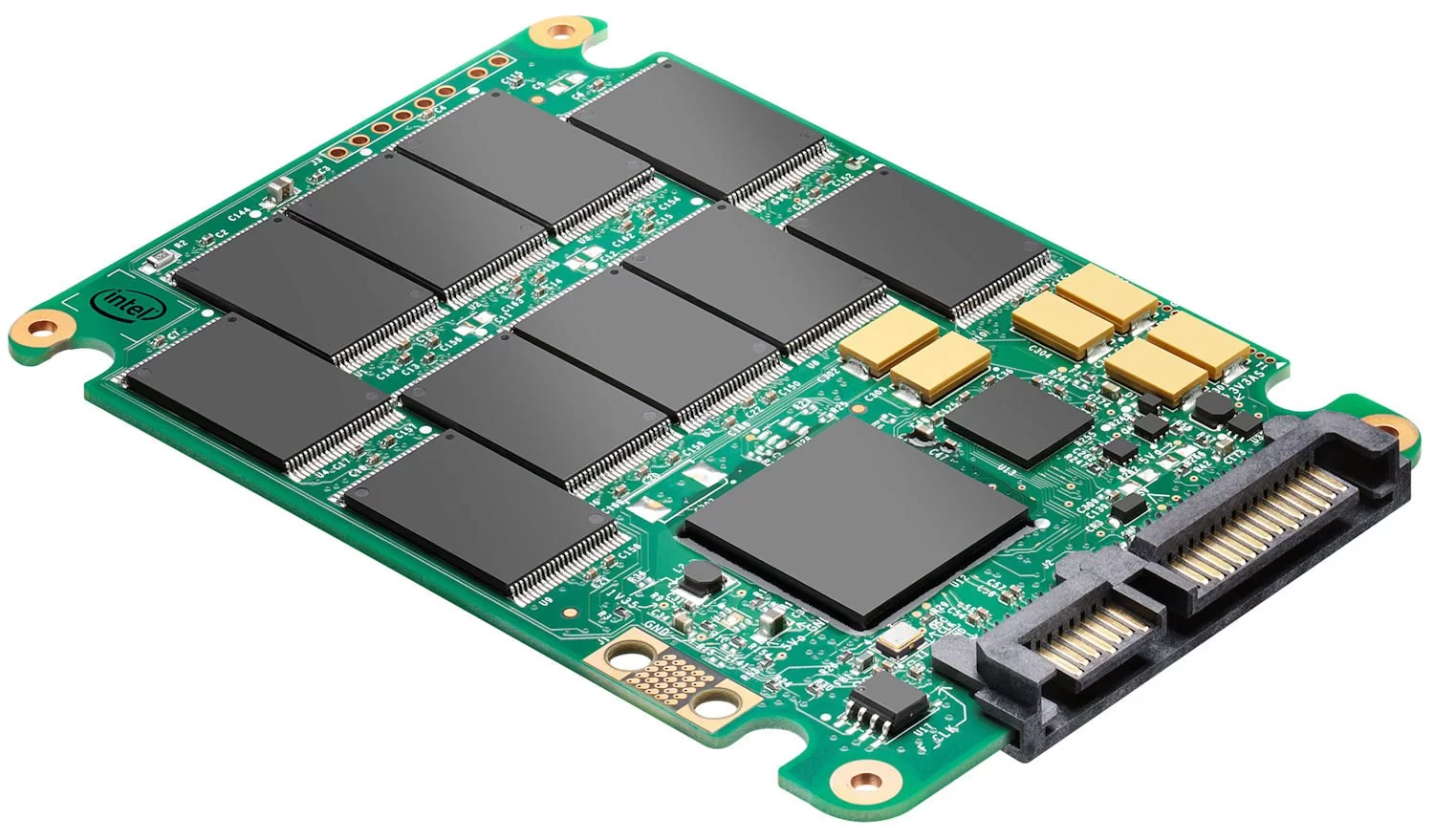
How a Hard Drive Becomes Dead or Damaged
How a Hard Drive Becomes Dead or Damaged: Causes and Recovery Methods Hard drives remain one of the most common storage devices for personal and professional use. Whether it’s a ...


Computer Forensics Omprakash Singh todaySeptember 15, 2025

Solid-State Drives (SSDs) have become the storage standard for laptops, desktops, and enterprise systems due to their speed, durability, and efficiency compared to traditional Hard Disk Drives (HDDs). However, despite having no moving parts, SSDs are not immune to failure. When an SSD goes dead or gets damaged, it can cause sudden and sometimes permanent data loss.
In this blog, we’ll explore the most common reasons behind SSD failure or damage and what they mean for your data.
Power instability is one of the biggest threats to SSDs. A sudden power outage, voltage fluctuation, or improper shutdown can cause corruption in the SSD’s controller or damage its memory cells.
Impact: Data loss, corrupted files, or complete drive failure.
Example: Laptop battery dies during an update, leading to corrupted sectors.
Firmware is the internal software that manages the SSD’s communication with the computer. If it becomes corrupted or malfunctions, the drive may stop working altogether.
Impact: SSD may be detected incorrectly, show the wrong capacity, or fail to boot.
Example: A buggy firmware update causes the SSD to freeze or remain inaccessible.
Sometimes SSDs have hidden defects that aren’t immediately noticeable. These could be due to manufacturing issues, weak memory blocks, or poor-quality controllers. Over time, these small flaws build up and eventually lead to sudden drive failure.
Impact: Drive may fail without warning, making recovery difficult.
Example: Brand-new SSD that works fine for months but suddenly goes dead due to a weak NAND chip.
Certain operating system (OS) updates or compatibility issues can interfere with SSD performance. If the OS cannot properly communicate with the SSD, the system may refuse to boot.
Impact: Boot loop, system crash, or “drive not found” errors.
Example: After a Windows update, the SSD fails to load due to compatibility with its controller driver.
Unlike HDDs, SSDs have a finite lifespan of program/erase (P/E) cycles. Every memory cell can only be written and erased a limited number of times before it wears out.
Impact: Over time, worn-out cells cause bad sectors, degraded performance, and eventual failure.
Example: An SSD used for heavy video editing may wear out faster than one used for normal browsing.
Incorrect installation, using the wrong interface, or pushing an SSD beyond its intended capacity can shorten its life.
Impact: Overheating, unstable performance, or premature failure.
Example: Using an NVMe SSD in an unsupported slot, or constantly running the drive at 100% capacity.
Although SSDs generate less heat than HDDs, they can still suffer from overheating when used in high-performance systems without adequate cooling.
Impact: Thermal throttling, reduced lifespan, or controller burnout.
Example: A gaming laptop with poor ventilation causes the SSD to overheat and fail.
Like HDDs, SSDs can suffer from:
Logical Failures: Data corruption, OS issues, or partition errors. Often recoverable using software tools.
Physical Failures: Burnt controllers, dead NAND chips, or firmware corruption. These require advanced recovery methods such as chip-off recovery or specialized forensic tools.
Use a UPS or surge protector to avoid power-related damage.
Regularly update SSD firmware from trusted sources.
Avoid filling the SSD to 100%—keep at least 10–15% free space.
Ensure proper cooling in laptops and desktops.
Perform regular backups to external drives or cloud storage.
While SSDs are faster, quieter, and more durable than HDDs, they are not indestructible. Issues such as power failure, firmware glitches, hidden defects, OS incompatibility, limited write cycles, misuse, and overheating can all lead to SSD damage or complete failure.
The best defense is awareness and preventive care—combined with reliable backups. In cases of serious failure, professional data recovery experts are often the only option for salvaging critical information.
Written by: Omprakash Singh

Computer Forensics Omprakash Singh
How a Hard Drive Becomes Dead or Damaged: Causes and Recovery Methods Hard drives remain one of the most common storage devices for personal and professional use. Whether it’s a ...
Copyright 2016-2025 all rights reserved by Hawk Eye Forensic.
Post comments (0)